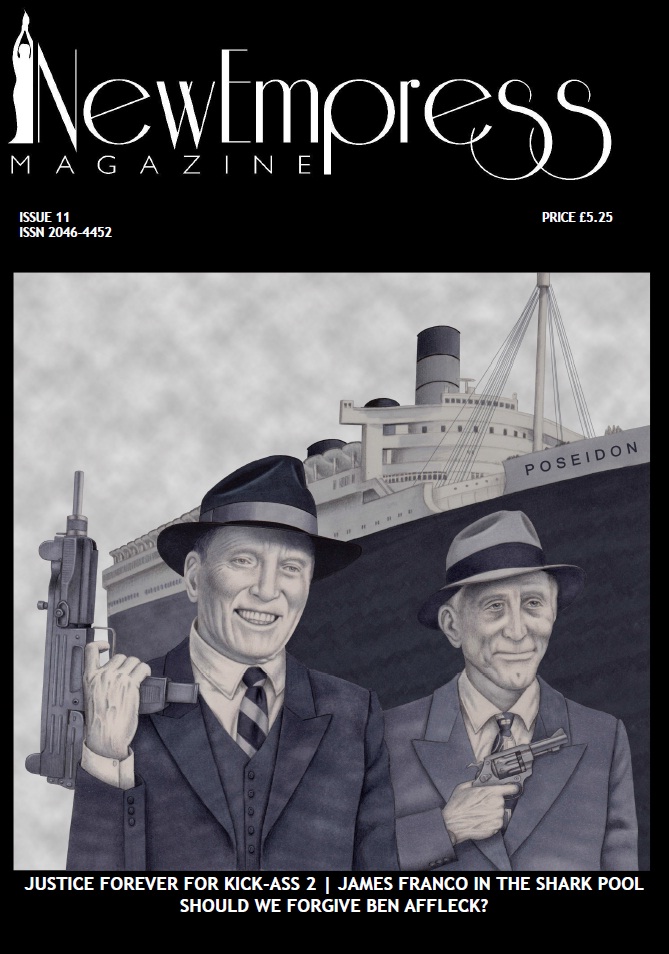By Joanna Richardson

The dark, low-lit theatre of the BFI is deliciously decadent in a fresh, contemporary way. Luxurious soft red velvet fold-down seats bear their number in embroidered gold; the walls fade unnoticeably and humbly dissolve around the red, regal, curtained screen. Like the film, it is dark, sumptuous, and beautifully lit. The audience consists of a mixture of age groups. A couple in their sixties sit behind me. A young girl, barely ten, leans forward in anticipation.
Lulu (Louise Brooks) is a slick-bobbed, whippet-slim flapper who invokes adulation, incites obsession and breeds jealousy in all who meet her. Coquettish, enchanting and mischievous, she appears nonchalant and endearing. But when she traps her long time lover Dr Schön in a compromising position – forcing him to break his engagement with his fiancée and marry her, his mistress, instead – a sly smile creeps across her lips. Despite her impish naivety, there is also the air of a spoilt-child about her; she is aware of the power she possesses to bewitch and control those around her.
The illustrious life of Lulu, however, soon begins to unravel with sinister consequences. The passion she stirs brings forth insanity and corruption; those whom she once manipulated with her beauty soon realise they can harness these powers of attraction to control and exploit her for their own benefit.
A chilling tale of lust, jealousy, betrayal, and murder, Pandora’s Box makes for gripping viewing. One of the most startling moments is undoubtedly Lulu’s wedding night; her new husband, driven into a jealous and suicidal rage by her stream of admirers and her trademark flirtatious behaviour at their wedding party, then discovers his son, Alwa, knelt at her feet begging her to run away with him. Ordering Alwa to leave, he looms over Lulu. “Kill yourself”, he seethes, his narrow eyes filled with venom as he forces a gun into her hands, turning it to face her mouth, “to save me from becoming a murderer”.
Lulu’s distress and rising panic is heightened by the rapid pace of the piano and camerawork; we veer frantically in and out of focus, our vision blurred throughout the struggle between the writhing pair, the silence imposing far more fear than any dialogue could. Without speech, our senses are heightened by the visual display of desperation, the thundering piano keys of John Sweeney chasing our own ever-quickening pulse.
This film is artistically shot with strikingly beautiful images throughout. Close ups are lit with an almost religious ambience; light glows ethereally behind faces through a soft, smouldering lens, illuminating features with delicate detail. Strangers emerge from murky mists, faces cast in shadow by brimmed hats. Lulu, pausing to light a cigarette, leans across a mirror into the streaming sunlight, her milky white skin radiating in stark contrast to the black frame of her shimmering jet bob and shining black satin dress. The silver vapour of the white cigarette curls and twists above her, spiralling towards the ceiling. It is hard to imagine the effectiveness of the same scene in colour: this is a film better for the constraints of the era it was made in.
In 1929 however Pandora’s Box was ill-recevied; shrouded in controversy, public outrage at the film’s brash modernity and unabashed sexual undertones stifled its success. Today the film is regarded as G. W. Pabst’s masterpiece.
Intoxicating, lurid and morose, the film made Louise Brooks a star, and deservedly so. Her command of the role of Lulu, the young, reckless flapper, makes for addictive viewing – and like her character, leaves one spellbound.


















{ 1 comment… read it below or add one }
Thanks, this is wonderful stuff!